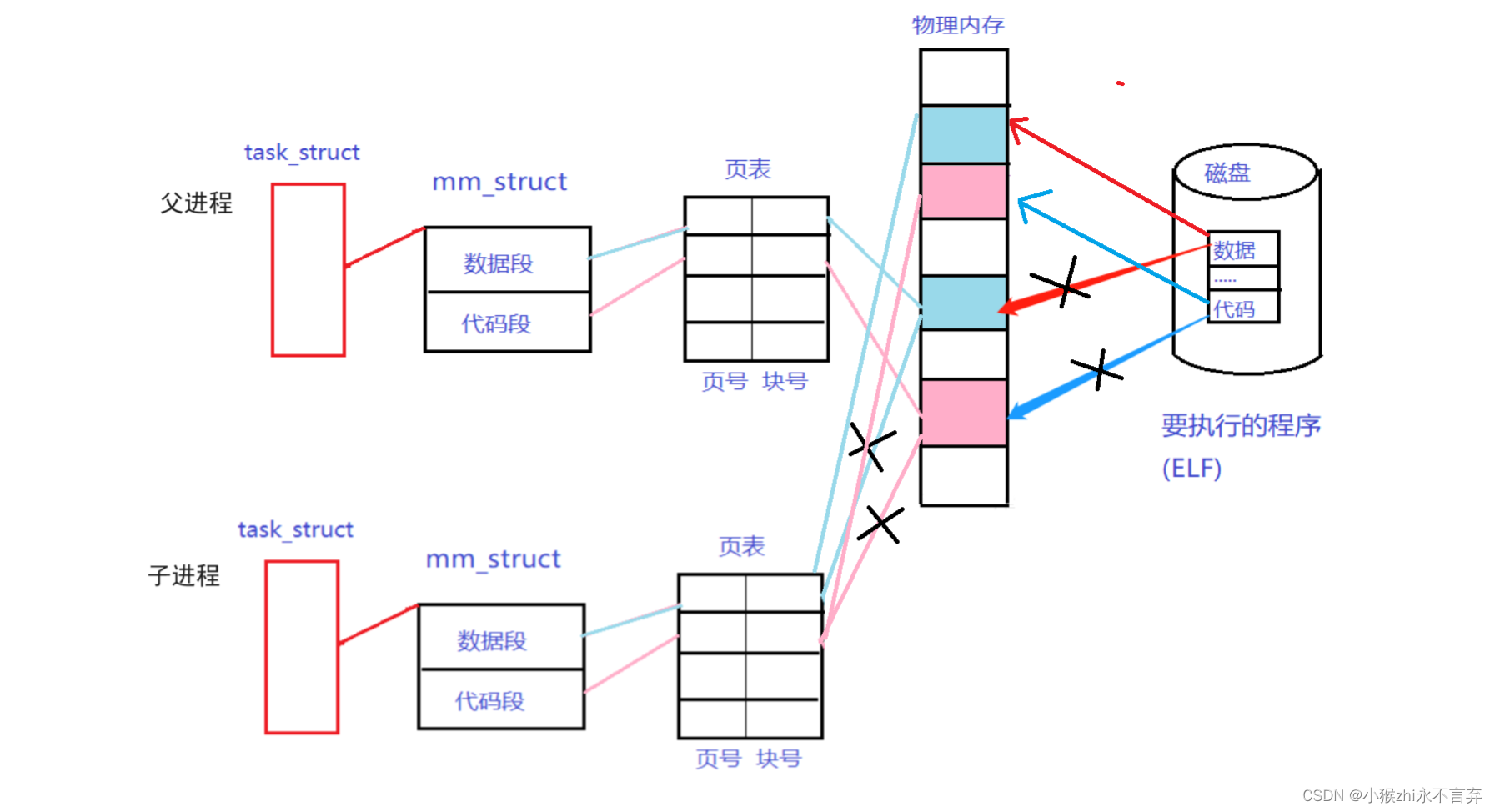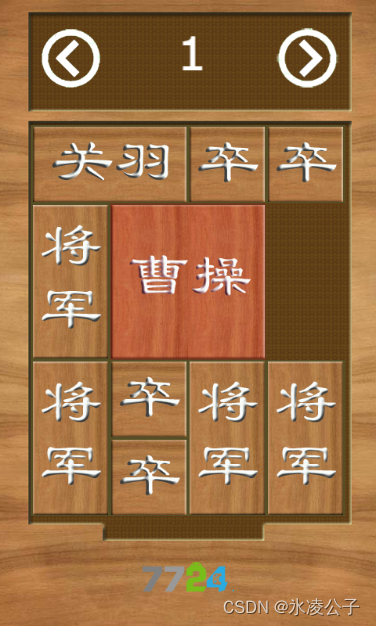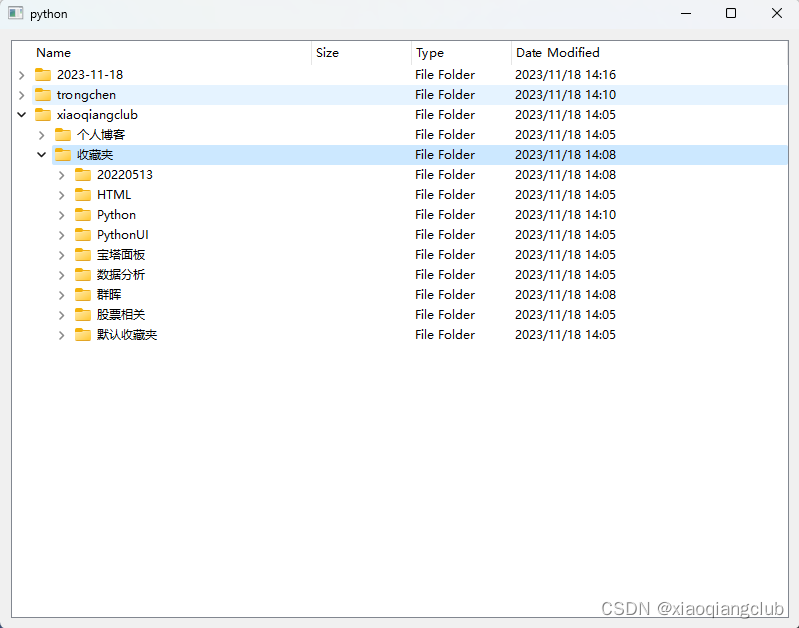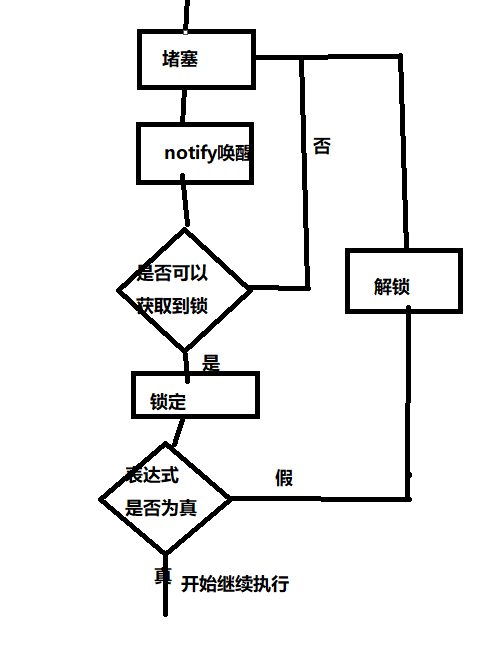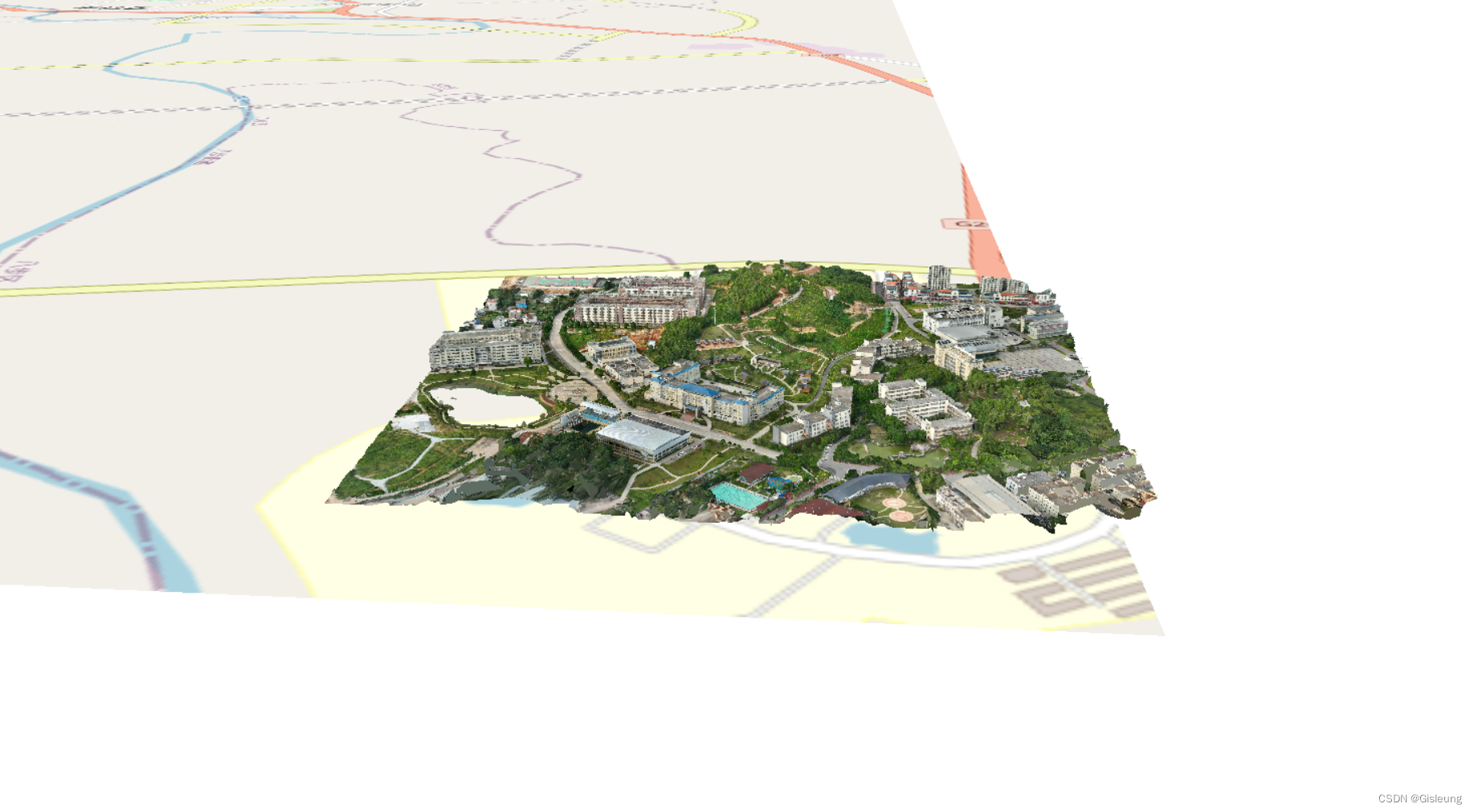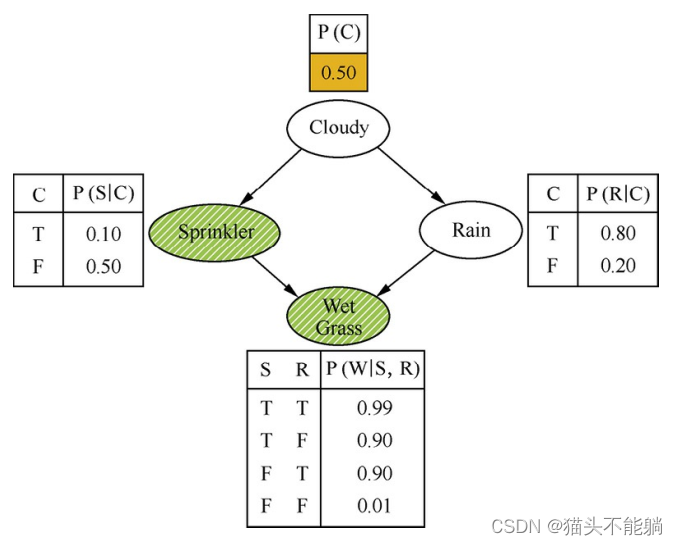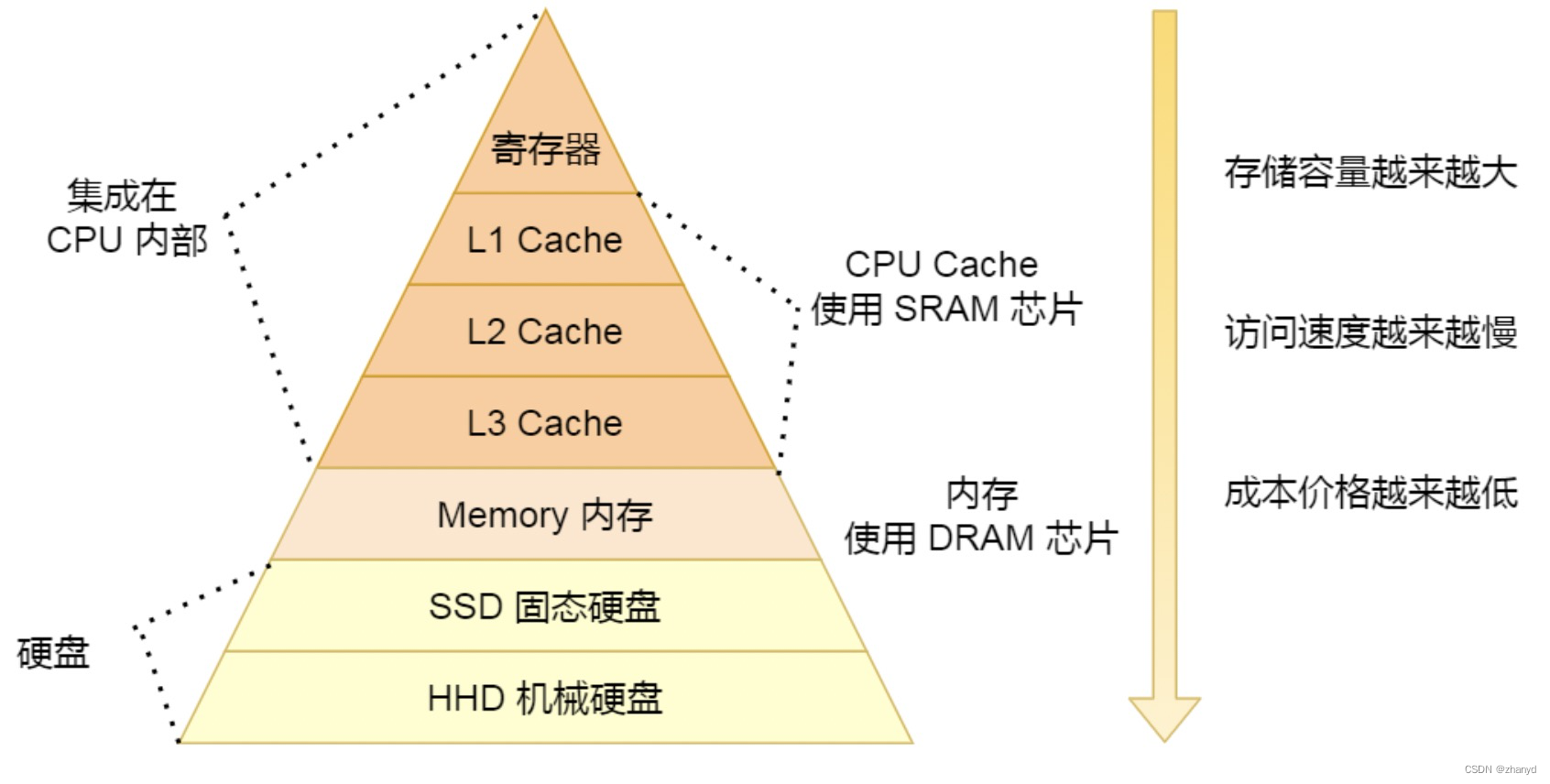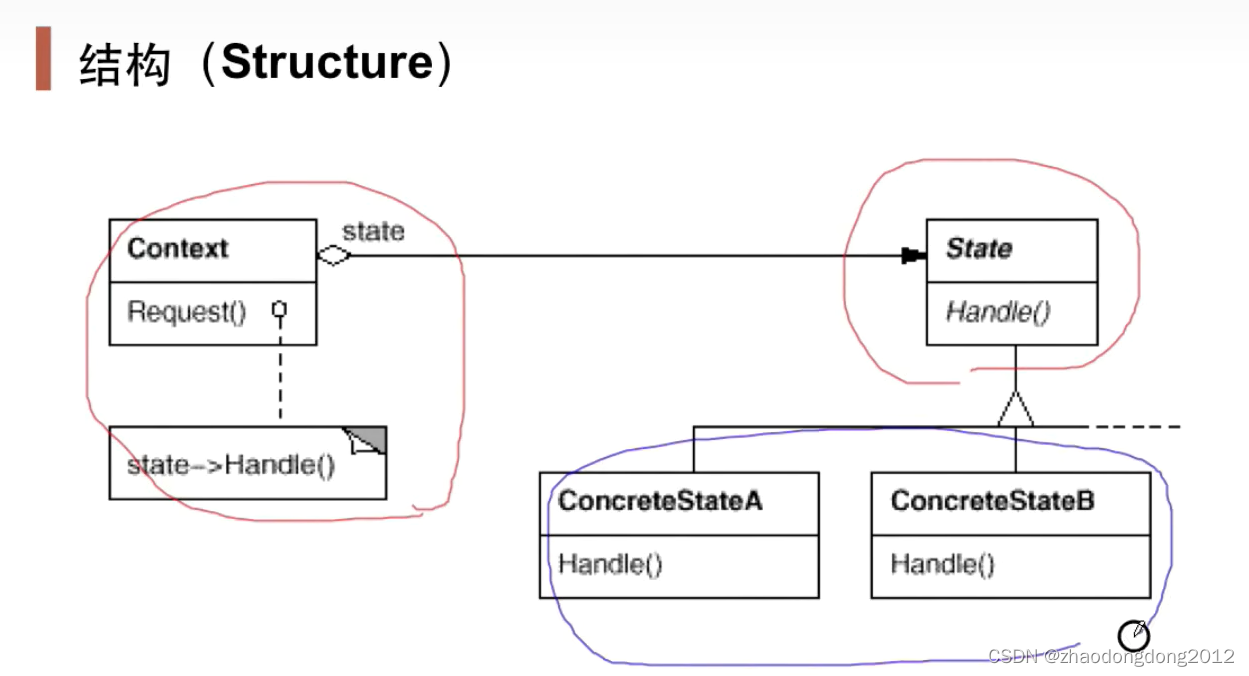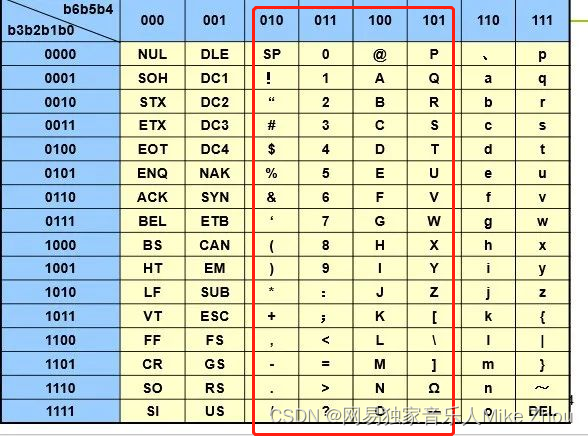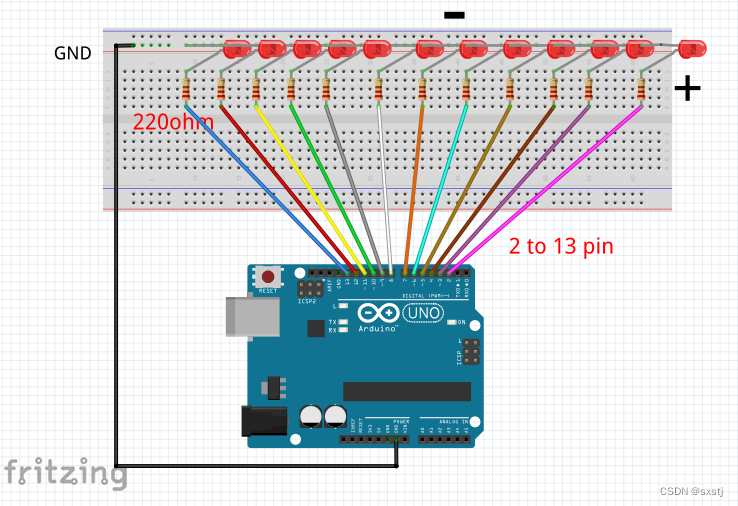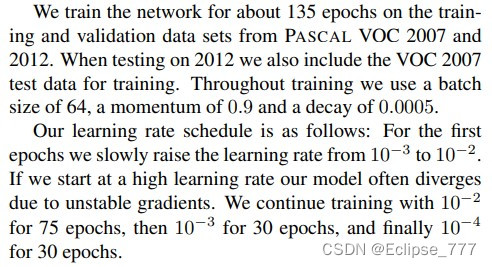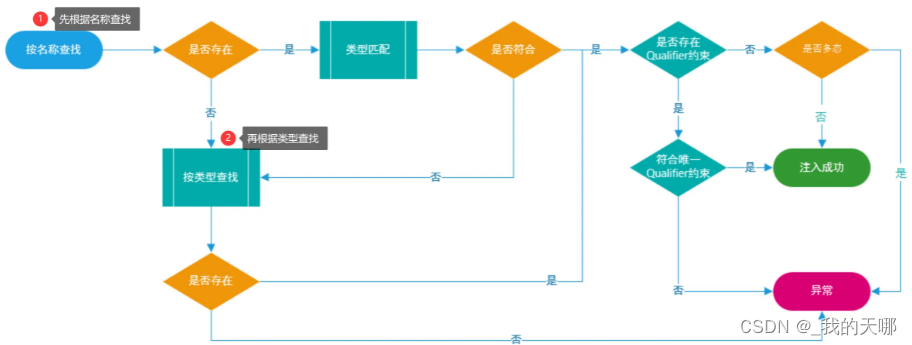目录
题外话
顺序表和链表优缺点以及特点
一.栈的特点
二. 栈的操作
2.1初始化
2.2 栈的销毁
2.3 栈的插入
2.3 输出top
2.4 栈的删除
2.5 输出栈
题外话
顺序表和链表优缺点以及特点
特点:顺序表,逻辑地址=物理地址。可以任意访问,访问时间复杂度O(1).。实现分配空 间,当空间不足时,要动态扩容。顺序表在销毁时可以直接free,但链表要一 个个删 除。
链表:不连续的空间靠指针指向下一个地址。不用实现分配空间。
优缺点:
顺序表:适和访问,不适合插入删除,时间负责度为O(N)。链表适和插入删除操 作。
一.栈的特点
(1)先进后出
(2)栈不能任意打印,栈只能访问栈顶
(3)栈只能尾插头删
二. 栈的操作
2.1初始化
void STInit(ST* pst)
{assert(pst);pst->a = NULL;pst->top = -1;pst->capacity = 0;
}2.2 栈的销毁
2.3 栈的插入
注意:🤖
如果你初始化为0,那么就是先插入在++;
如果你初始化为-1,那就是先++,在插入。
}
//插入
void STPush(ST* pst, STDataType x)
{assert(pst);if (pst->top == pst->capacity-1){int newcapacity = pst->capacity == 0 ? 4 : pst->capacity * 2;STDataType* tmp = (STDataType*)realloc(pst->a, sizeof(STDataType) * newcapacity);if (tmp == NULL) {perror("realloc fail");return;}pst->a = tmp;pst->capacity = newcapacity;}pst->top++;pst->a[pst->top] = x;
}
2.3 输出top

注意:
由于栈的特性,只能先进先出,尾插头删,不能任意输出,所以我们只能输出头。
void STTop(ST* pst)
{assert(pst);assert(pst->top >= -1);return pst->a[pst->top];
}2.4 栈的删除
//删除
void STPop(ST* pst)
{assert(pst);assert(pst->top>=-1);pst->top--;

2.5 输出栈
while (STEmpty(&st) != true) {printf("%d ", STTop(&st));STPop(&st);
} 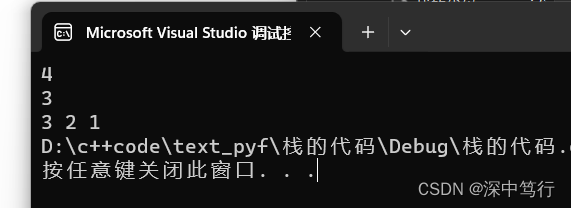
栈的完整代码
#pragma once
#include<stdio.h>
#include<assert.h>
#include<stdlib.h>
#include<stdbool.h>typedef int STDataType;
typedef struct STack
{STDataType* a; //数值的指针是下标int top;int capacity;
}ST;void STInit(ST* pst);
void STDestory(ST* pst);
void STPush(ST* pst, STDataType x);
void STPop(ST* pst);
bool STEmpty(ST* pst);
int STSize(ST* pst);
STDataType STTop(ST* pst);#include"Stack.h"
#include<assert.h>
#include<stdio.h>
#include<stdlib.h>void STInit(ST* pst)
{assert(pst);pst->a = NULL;pst->top = -1;pst->capacity = 0;
}
void STDestory(ST* pst)
{assert(pst);free(pst->a);pst->a = NULL;pst->top = -1;pst->capacity = 0;}
//插入
void STPush(ST* pst, STDataType x)
{assert(pst);if (pst->top == pst->capacity-1){int newcapacity = pst->capacity == 0 ? 4 : pst->capacity * 2;STDataType* tmp = (STDataType*)realloc(pst->a, sizeof(STDataType) * newcapacity);if (tmp == NULL) {perror("realloc fail");return;}pst->a = tmp;pst->capacity = newcapacity;}pst->top++;pst->a[pst->top] = x;
}
//输出头结点
STDataType STTop(ST* pst)
{assert(pst);assert(pst->top >= -1);return pst->a[pst->top];
}
//删除
void STPop(ST* pst)
{assert(pst);assert(pst->top>=-1);pst->top--;
}
bool STEmpty(ST* pst)
{assert(pst);if (pst->top == -1) {return true;}else {return false;}
}
int STSize(ST* pst)
{assert(pst);return pst->top;
}#define _CRT_SECURE_NO_WARNINGS
#include<stdio.h>
#include<stdlib.h>
#include"Stack.h"void Test1() {ST st;STInit(&st);STPush(&st, 1);STPush(&st, 2);STPush(&st, 3);STPush(&st, 4);printf("%d\n", STTop(&st));STPop(&st);printf("%d\n", STTop(&st));while (STEmpty(&st) != true) {printf("%d ", STTop(&st));STPop(&st);}}int main()
{Test1();return 0;
}


